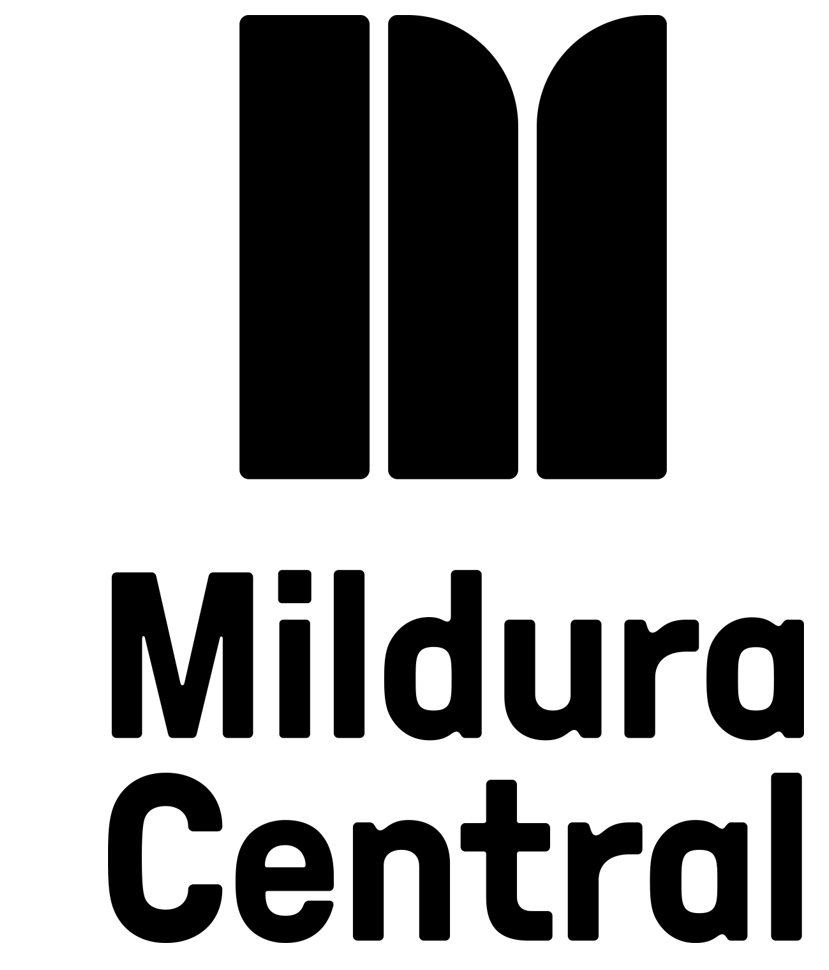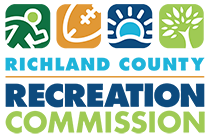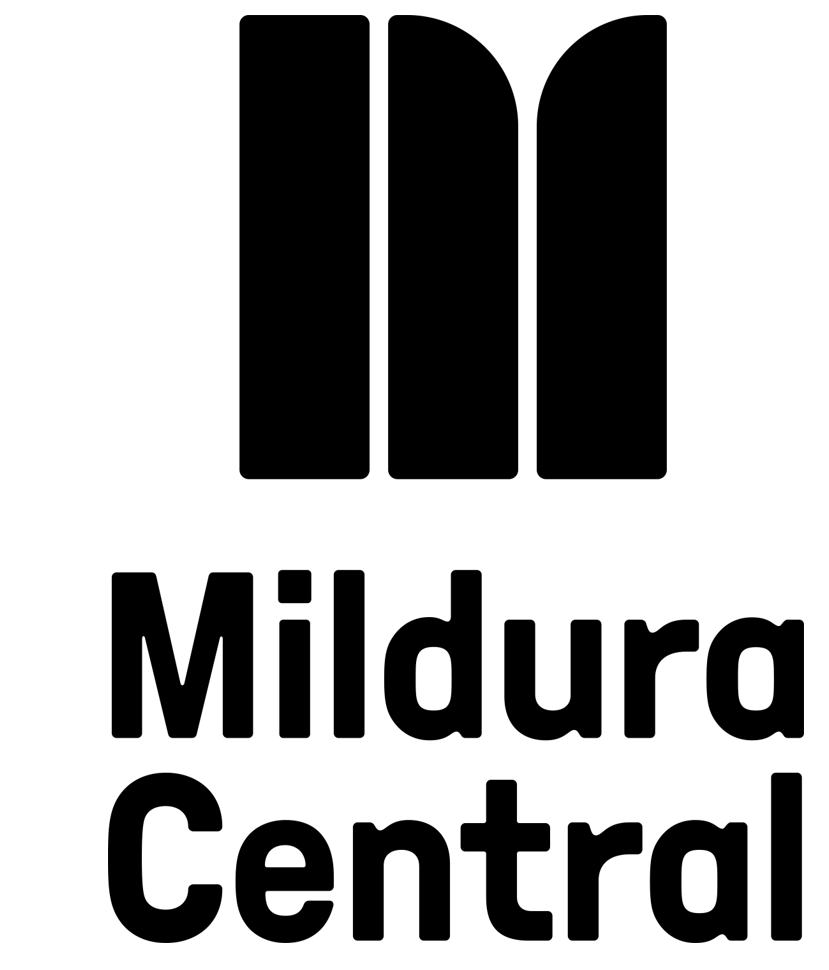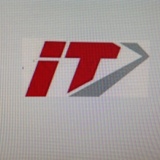Title Page
-
Site conducted
-
Conducted on
-
Prepared by
-
Location
Centre:
-
Position Title
-
Date of Inspection:
-
For each N response, explanatory commentary and corrective action must be recorded in Section of this checklist
1. Car Parks & Traffic Management
-
1.1. Car park surface free from pot holes (if no, take photos of all potholes or surfaces that require repair)
-
1.2. All signage in place and signs in good condition
-
1.3. Boom gates and roller shutters in good working order, and all safety beams and devices operating
-
1.4. All lights within car park operational and all areas adequately lit
2. Loading Dock Management
-
2.1. Loading dock signage and line markings in good condition
-
2.2. Adequate lighting in place and operational
3. Building Exterior
-
3.1 Visual inspection completed to identify any loose or damaged bricks, tiles, cladding etc. that may present a safety risk
-
3.2 External windows and glazing are all in good condition
-
3.3 Exterior lighting functioning and signage in good condition and clearly legible.
-
3.4 Gutters, drains and grates are clear of debris and rubbish.
4. Garden & Lawns
-
4.1. Plants and trees maintained to allow visibility at carpark entrances and corners
-
4.2. Walkways clear of overhanging branches that present a potential safety hazard (e.g. lower than 2m)
-
4.3 Garden beds free from damage and minimal weeds visable
5. Footpaths & Walkways
-
5.1. Roads and pavement – free from significant slip/trip/fall hazards
6. Internal Access / Egress Public Liability
-
6.1 Internal floor surfaces in sound condition and do not present a potential slip, trip or fall hazard (e.g. no uneven surfaces >5mm)
7. Automatic doors
-
7.1 All automatic doors operational with no visible damage and annual service completed
8. Building Exterior
-
8.1 Floor surfaces even and maintained free from water and other spills
-
8.2 Floor mats and secured and edges are in good condition
-
8.3 Carpeted areas in good condition
-
8.4 Hard floor surfaces in good condition with no gaps or loose tiles
-
8.5 All signage in good condition
9. First Aid
-
First Aid kit fully stocked with no items out of date (refer to list in kit)
10. Emergency Response & Fire Protection
-
10.1 All fire protection extinguishers and hose reels and emergency egress routes are free from obstruction and esily accessible
-
10.2 Fire hose reels- clean, hoses rolled correctly and tagged.
-
10.3 Fire extinguishers, hose reels, hydrants inspected on a six monthly basis with current inspection tags.
11. Contractor Management
-
11. Emergency contact details of key centre personnel is displayed and current.
12. Electrical Safety
-
12.1 Electrical switch room clean and free from any items not specific to intended use
-
12.2 Residual current devices (safety switches) tested regularly
13. Cooling Towers
-
13.1 Cooling Tower basin and surrounds clean and free from any items not specific for intended use.
14. Plant Rooms
-
14.1 Plant room clean and free from rubbish or debris
15. Working from Heights
-
15.1 Roof access controls in place and in good condition (e.g. ladders securely fixed, anchor points, fall prevention and arrest devices inspections within date),)
-
15.2 Roof areas free from any potential slip. trip or fall hazards
16. Cleaning
-
16.1 Cleaner’s room well organised, clean and tidy
-
16.2 First Aid Kits available and well stocked
17. Tenant Issues
-
17. Tenant signs, stands and displays confined within tenant designated lease areas, Tenant materials are unlikley to spill/overspill into common areas
18. Other
-
18.1 Pest control- Baits located in safe locations
-
18.2 Clear access to centre services- gas meter, water meters, swithboards etc..
Inspection Authorisation
-
Completed By:
-
Signature
-
Approved by:
-
Signature:













